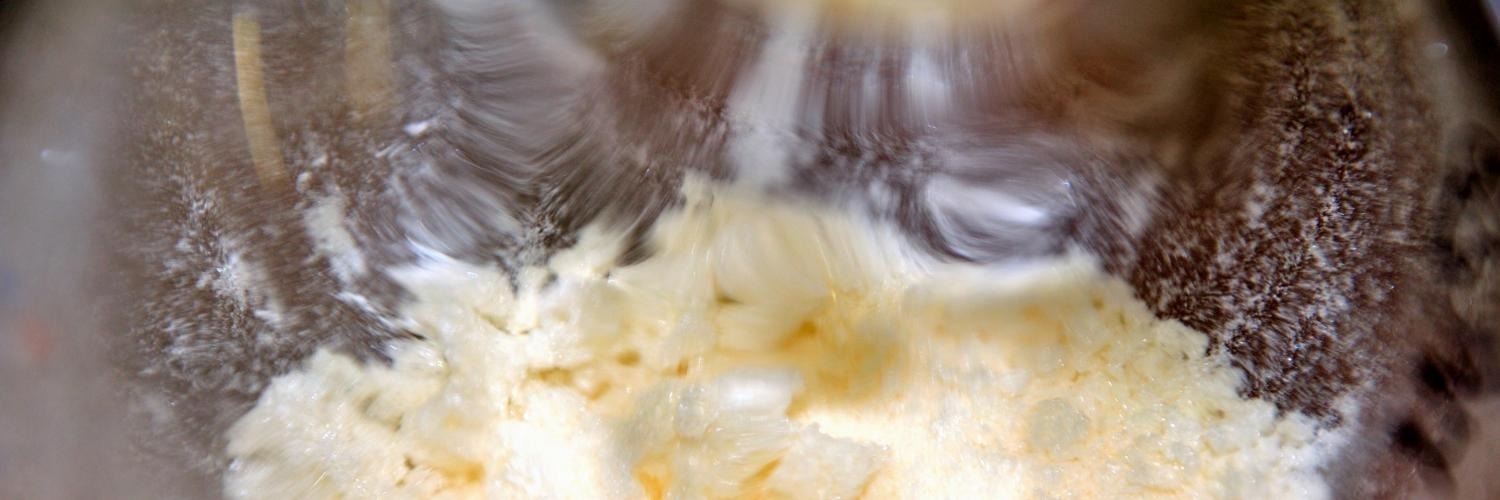“It’s been increasingly obvious that carbohydrate and other biomolecule study is best tackled with multidisciplinary working,” explains Dr. Benjamin Schumann in a 2021 podcast with H.E.L Group. Dr. Schumann is Head of the Chemical Glycobiology Lab at London’s Francis Crick Institute and a lecturer at Imperial College, London.

Sugar crystals. Image Credit: H.E.L Group
Improving the Understanding of Carbohydrates
There are many synthetic precision tools available today that help researchers understand the roles carbohydrates play in the living cell, and how they control processes, both in an organism’s healthy and disease state.
There has been a move away from binding antibodies or lectins (proteins that bind carbohydrates) in recent research. The question must be raised about why, primarily when extensive work has been performed on sugar and carbohydrate profiling in cell development or cancer formation.
One main issue with these techniques is sequence bias. This issue can be avoided with the use of appropriate chemical tools. However, researchers are not asking the correct questions. For instance, preconceptions may be made without regard to the possibility of sugars being present in a sample.
Single sugars (monosaccharides) can be marked with chemical tags amenable to bioorthogonal chemistry. The tagged molecule enters cell surface structures upon a cell fed this sugar. Reporter probes, such as fluorophores, can then trace the bioorthogonal moiety.
Dr Schumann’s team has benchmarked data with colleagues who work in traditional cell biology, demonstrating that the team’s tools complement other techniques and conventional antibody and lectin binding.

Synthetic sugars (photo) help to understand how glycans modify essential biological processes. Image Credit: Dr. Schumann and Chemical Glycobiology Lab at London’s Francis Crick Institute
Waiting for Technology to Catch Up
Early chemical tools complemented antibodies and lectins but were not specific to individual glycans. These tools could not provide sufficient information on factors such as glycosyltransferase upregulation in cancer cells.
Extremely sensitive mass spectrometers are required to understand glycosylation structures in detail. However, it has taken time for technology to mature enough for this application. It has taken a couple of decades to develop chemical tools for analyzing certain glycotransferases.
Significant progress has been made only in the past decade, providing researchers with an improved capacity to investigate the details of transferase-specific glycosylation sites intimately. Now the technology has matured, investigations can be conducted in vitro and in the living cell.
Dr. Schumann has highlighted that there has been a noteworthy success in this move into in vivo studies. Chemical tools that accurately detect glycosyltransferase families can provide data on enzymes that introduce specific sites that correlate to likely cancer formation locations.
Significant research will need to be into developing these tools to achieve the results that DNA tools currently produce in the coming years. However, Dr. Schumann noted that innovation drives this research area forward.
Using a Multidisciplinary Approach
This field of study is notable for its use of biology to conduct conventional chemistry-based investigations. A prime example is chemoenzymatic synthesis within bio-organic chemistry. This is a useful approach to creating glycan sugars as it negates the need to protect groups if enzymes introduce structures at a particular point.
Enzymes possess the inherent specificity that would otherwise be attained from protecting groups. However, glycans containing unusual monosaccharides cannot be made using chemoenzymatic synthesis.
One example is the most successful meningococcal and pneumococcal glycoconjugate vaccines. These vaccines contain unusual monosaccharides and contain sugars attached to carrier proteins which induce an effective immune response.
Chemical synthesis is an important enabler as it allows the generation of sequence-defined glycans with well-characterized quality control and safety profiles.
Impacts for Drug Innovation
Dr. Schumann’s work is invested in using chemical biology to provide innovative advances and changes in the field of biological research. Drug development, for instance, can be improved by perturbing normal cellular processes. There is broad-spectrum interest in applying these methods in oncology.
A cancer cell invests great effort in trying to make itself silent to the immune system, allowing it to enter into circulation and form cancer seeds. Entering this stealth mode is only possible because the cells first change their surface through glycosylation, something observed in almost all tumor cells.
With knowledge of these changes, enzymes may be the quick indicator, backed by strong diagnostic tactics, to anticipate or confirm the presence of cancer. This science could provide enzymatic blockers for at-rick patients so cancer development can be stopped in its tracks.
The Future: Providing Advances through a Multidisciplinary Approach
Knowledge gaps still exist in this innovative multidisciplinary research area, but it is anticipated that small steps forward in technology and knowledge will become huge strides. Researchers developing their own molecules and using them in assays to try and better understand the mechanisms of glycosylation are becoming commonplace.
At the core of work by Dr. Schumann’s team and other researchers in this arena there is always a biological question. However, the challenge is building the right tools to address the right questions. This will require a continued multidisciplinary effort.
References and Further Reading

This information has been sourced, reviewed and adapted from materials provided by H.E.L Group.
For more information on this source, please visit H.E.L Group.